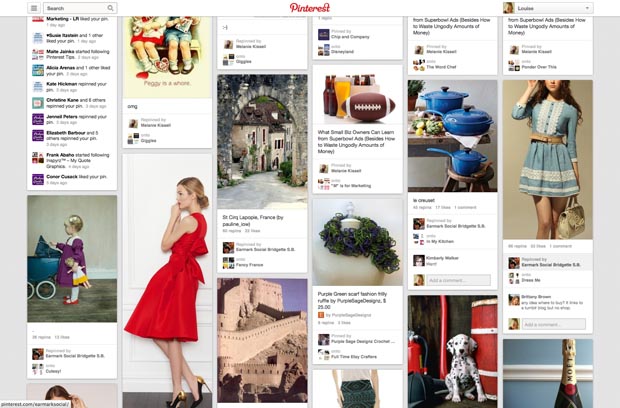Curatorship
Curatorship as Social Practice
This article relates a lot to my work in human-machine interface because the psychology behind it is very similar to the “social” interactions described here. While objects in museums can only communicate outward to visitors, curators and computers alike can have two-way dialogue with repeat visitors and users via their exhibitions and interactions, respectively.
Continuing with the analogy, I agree with Kreps that curation does not have to be object- or people-focused. However, this new lens seems to be communication-focused in my mind. This being said, curatorship is much harder to usability test, and my engineering mindset would definitely frustrate me if I were a curator. While multi-disciplinary skills are common to both fields, they (obviously) differ in practice because quantifying an exhibit’s success is much harder. As I brought up last class, many museums lack concise mission statements because their role in society isn’t completely understood yet. While this makes mission-driven exhibits like storefronts and advertisements much clearer, they intend to affect all people the same (driving them towards consuming a particular good). Museum curators, on the other hand, don’t really want to over-design their exhibits for fear of polarizing discourse towards particular ideas.
The Museum as Discursive Space
Discursive space has become an extremely important topic over the past year due to social media’s newfound importance in our lives (especially our views). As museum attendance decreases, people flock to online exhibits like their Facebook News Feed, Snapchat Stories, or other “user-created” and “user-curated” social media sites.
While these exhibits are (often moreso) engaging than their museum counterparts due to their targeted nature, they more recently have attempted to minimize the polarized, politicized, discussion-fraught, and contradictory-view-surfacing qualities that these editors say are fundamental to curation. Why would they do this? Because their mission for the past few years has been to engage users as much as possible.
I particularly enjoyed this article’s discussion of this issue because it finds a happy medium between engagement and connecting (not connected) content. While museums can cater to the modern westerner’s lack of patience for one-way communication, they can also avoid the community-polarizing nature of social media that does not connect diverse visitors/users with contradictory views and opinions. The real question is, how much effort will it take to save us from our own opinions and those that match?
